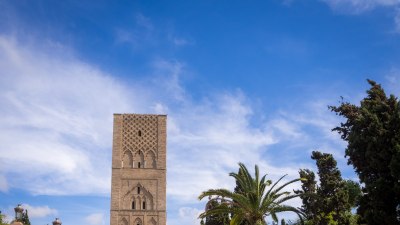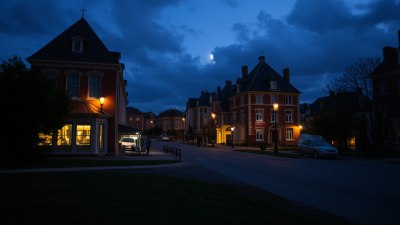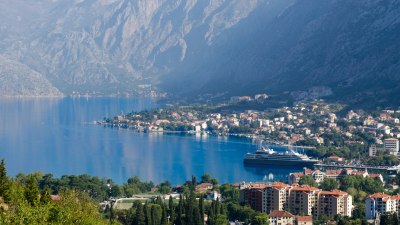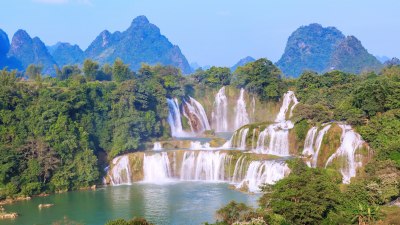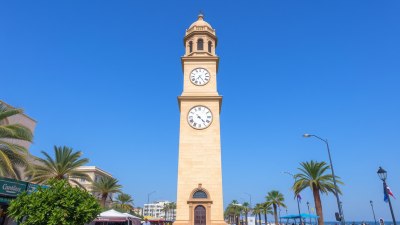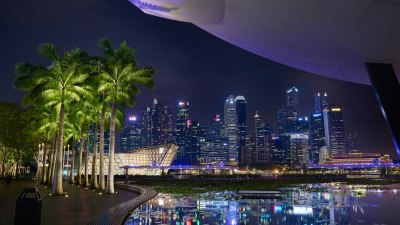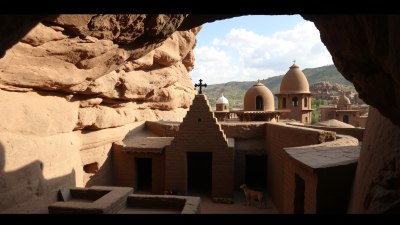San Francisco's Cable Car Rides: Climbing the City's Steep Hills
Explore the iconic cable car rides of San Francisco and discover the history, experience, and stunning views.
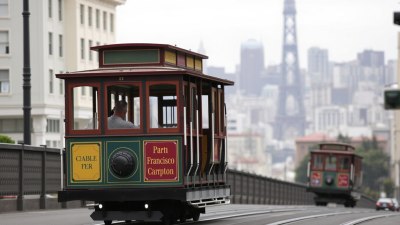
Image created with Flux Schnell
San Francisco, renowned for its rolling hills, stunning vistas, and vibrant culture, is also famous for its historic cable car system. This mode of transportation is not just a means to get from point A to B; it is a cherished symbol of the city’s legacy. The cable cars are the last manually operated cable car system in the world, providing an unparalleled experience as they climb the steep hills of San Francisco.
The cable car system was established in 1873 by Andrew Hallidie. It was a response to the growing need for an efficient mode of transport in a city known for its steep inclines. The first cable car line ran from the ferry terminal to Powell Street and has since expanded into a network that includes three primary lines: Powell-Hyde, Powell-Mason, and the California Street line. Each route offers unique views and access to significant landmarks, making the cable cars a vital part of the San Francisco experience.
The Experience of Riding a Cable Car
Riding on a San Francisco cable car is unlike any other experience. As you stand on the outside, gripping the pole, the driver skillfully maneuvers the car up inclines that can exceed 20 degrees. The rhythmic clatter of the car gliding along the tracks, combined with the fresh sea air and panoramic views of the city, creates an exhilarating sensation. The ride allows passengers to soak in the beautiful sights of San Francisco, from its iconic Victorian houses to stunning views of the Bay and beyond.
In addition to the remarkable views, riding the cable car provides an authentic feel of the city’s history. The wooden interiors and brass fixtures give a nostalgic sense of old San Francisco. It is common to see tourists and locals alike snapping photos, sharing laughs, and enjoying the leisurely pace of this traditional mode of transport.
Climbing the Steep Hills
The steep hills of San Francisco are both a challenge and a spectacle for the cable car system. The city's topography contributes to the unique experience of riding the cable cars. The most famous hills are located along the Powell-Hyde line, which boasts some of the steepest grades. As the cable car climbs these steep inclines, the view transforms dramatically. At the top, riders are greeted with breathtaking vistas of the Golden Gate Bridge, Alcatraz Island, and the expansive Pacific Ocean.
One of the notable points along this line is Lombard Street, famously known as the most crooked street in the world. The cable car provides an excellent vantage point to capture photos of this iconic landmark. The ride through this area highlights the engineering marvel of the cable car as it navigates tight turns and steep drops. As the cable car descends, the view offers an incredible perspective of the surrounding cityscape.
The History of the Cable Cars
The history of San Francisco's cable cars is rich and filled with fascinating stories. The original cable car system was developed to address the steep hills that horse-drawn carriages had difficulty navigating. After a series of trials and improvements, the cable car system became an essential part of the city's infrastructure.
Over the years, the cable cars have faced challenges, including the rise of electric streetcars which threatened their existence. In the late 1940s, San Francisco's cable car system was on the verge of being dismantled, but public outcry and advocacy led to its preservation. Today, cable cars are recognized as a National Historic Landmark, symbolizing not only transportation but also the spirit of resilience and community in San Francisco.
Using the Cable Car System
Traveling on a cable car is straightforward and convenient. The fare system is simple, with tickets available for purchase at cable car turnarounds or through the mobile app. Passengers can purchase single rides or a day pass for unlimited rides, making it an economical choice for tourists and locals alike.
It is important for visitors to be aware of peak travel times, as the cable cars can become crowded, especially during tourist season. Riding early in the morning or later in the evening can provide a more comfortable experience, allowing passengers to fully enjoy the scenery without the hustle and bustle of peak crowds.
Choosing the Right Line
Each cable car line offers its own unique experience and access to different parts of the city. The Powell-Hyde line is often considered the most picturesque, as it concludes near Fisherman’s Wharf, providing easy access to seafood restaurants, shops, and the famed Pier 39. Meanwhile, the Powell-Mason line also ends at the Wharf but is known for its direct access to Ghirardelli Square, a beloved chocolate and shopping destination.
The California Street line offers a more local experience, taking passengers through the Financial District and Chinatown. This line is typically less crowded, making it a good option for those wanting a more relaxed ride while exploring areas not as frequented by tourists.
Safety and Operations
The operation of the cable cars is a well-coordinated effort, with a dedicated team of operators and maintenance workers ensuring the system runs smoothly. Each cable car is equipped with safety features, including mechanical brakes and emergency stop systems. The operators are trained professionals, skilled in navigating the hills and ensuring the safety of passengers.
Safety reminders for riders include holding onto the poles while riding, staying seated when possible, and being aware of their surroundings. These simple precautions contribute to a safe and enjoyable cable car experience.
The Future of Cable Cars
The future of San Francisco's cable cars remains a topic of interest as the city continues to evolve. Investing in maintenance and upgrades is crucial to preserving this historic mode of transportation. Various initiatives are in place to improve the infrastructure and ensure that the cable cars remain a vital component of the city’s public transportation system.
As San Francisco adapts to modern transportation needs, the cable cars will continue to hold a special place in the hearts of locals and visitors alike. The charm of these rides, coupled with their historical significance, makes them a must-do activity when exploring the city.
San Francisco’s cable car rides are not merely about transportation; they represent the spirit of the city. For anyone visiting, riding a cable car is an essential experience that combines adventure, history, and breathtaking views. Whether you’re climbing the steep hills, passing iconic landmarks, or simply enjoying the ride, the cable cars offer a unique glimpse into what makes San Francisco a truly remarkable city.
